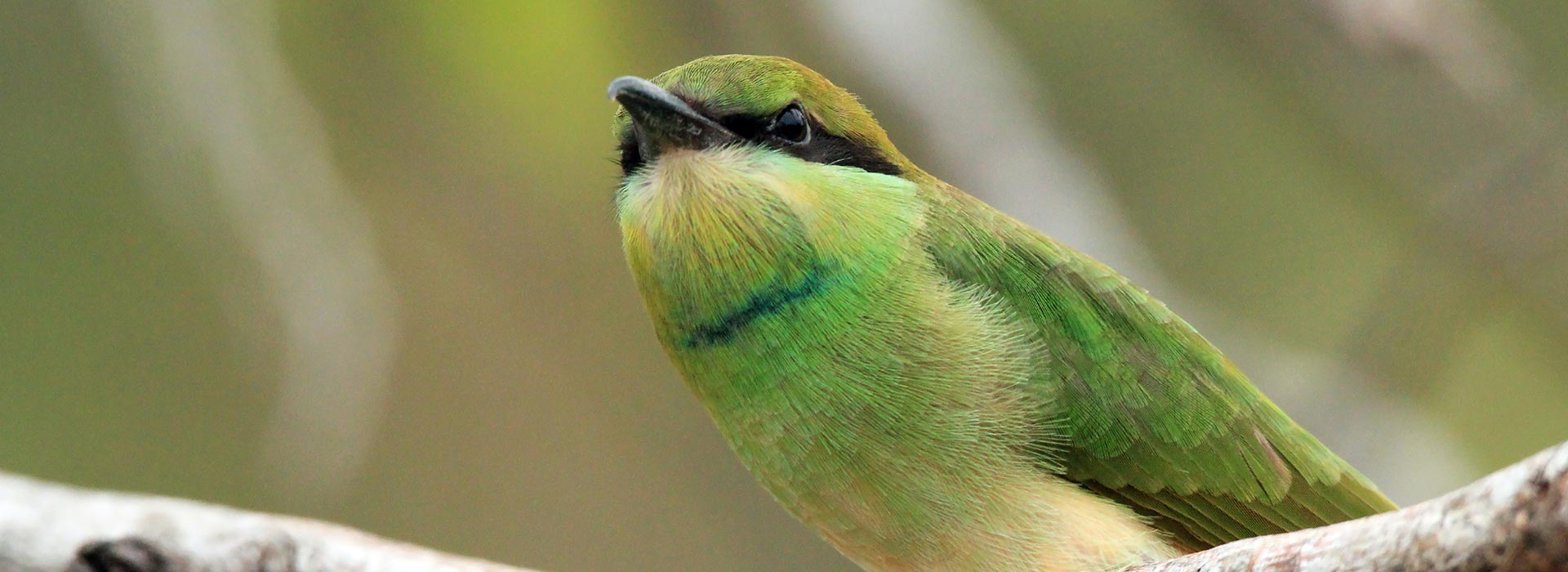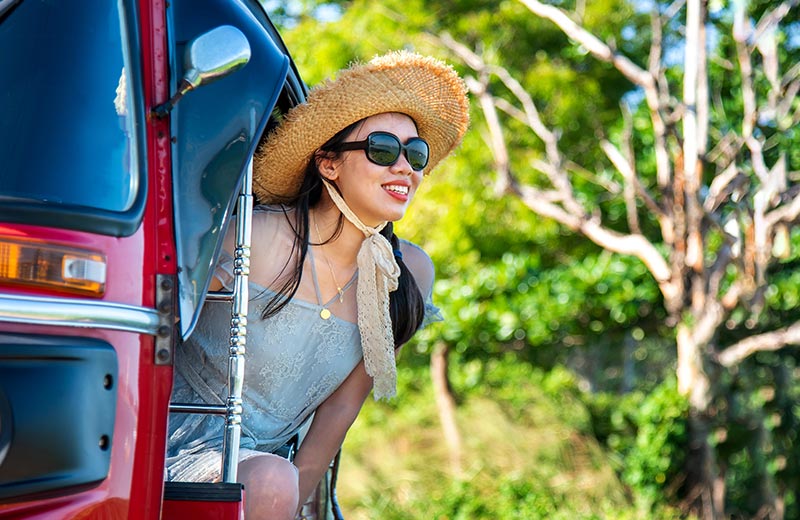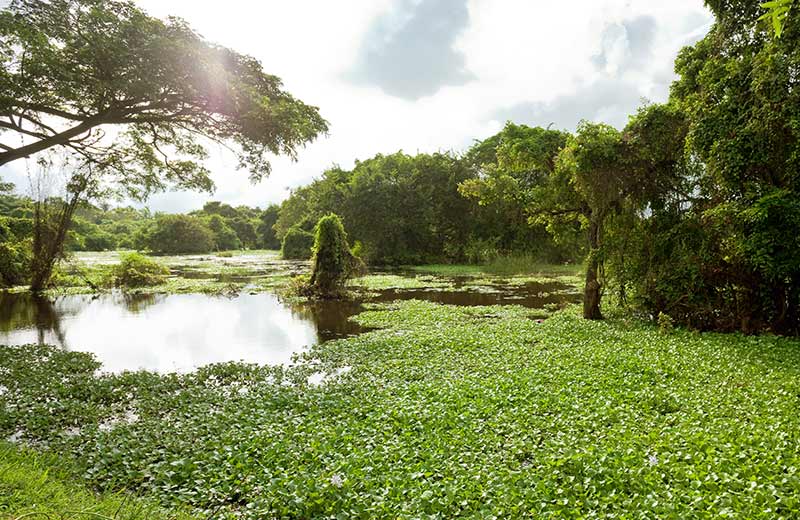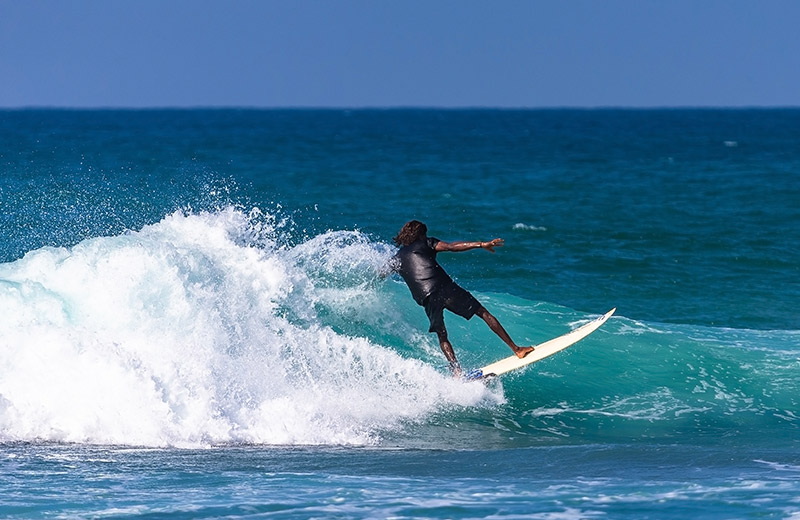BEST PLACES in Sri Lanka FOR A COUPLE OF BIRD WATCHERS
Holding still under the cover of dense green foliage, binoculars pressed to your eyes, ears pricked for that elusive trill you’ve been chasing… bird watching in Sri Lanka is more than just a simple past-time for a few hobbyists, with the island being home to more than 400 different species of these beautiful feathered creatures.
The country is one of the world’s 34 biodiversity hotspots, and boasts a range of natural environments from which you can spot any number of birds flitting through, both endemic and migratory. If you’re a birding-enthusiast hoping to catch a glimpse of these airborne critters, you’ve come to the right place. Here are some of the best locations in Sri Lanka for bird watchers.
Sinharaja Forest
The word Sinharaja can be translated to mean the Lion Kingdom, and this stunning virgin forest in Sri Lanka’s Southern Province is home to around 95 percent of the country’s endemic birds, as well as a number of migratory species. It’ll take approximately 2 hours to reach the forest from a beach town like Weligama. The Sinharaja Forest is both a UNESCO World Heritage Site and a UNESCO Biosphere Reserve, and is said to be one of the last pieces of primary tropical rainforest in Sri Lanka. There are more than 150 species of birds residing in the forest, as well as some mammals like the elephant and elusive leopard. The density of Sinharaja might make it more difficult than other locations to spot its wildlife, but if you’re lucky, it’s also one of the best places to view the majority of the island’s wildlife in one location. Don’t forget to explore the other forests of Sri Lanka too, especially if you like Sinharaja.
Possible bird sightings:
- Red-Faced Malkohas
- Ashy-Headed Babblers
- White-Headed Starlings
- Ceylon Lorikeets
- Ceylon Hanging Parrots
- Spotted-Wing Thrushes
- Ceylon Hill Mynahs
- Ceylon Frogmouths
- Rufous-Bellied Eagles
- Crested Serpent Eagles
- Himalayan Black Bulbuls
- Asian Paradise Flycatchers.
Anawilundawa Bird Sanctuary
Known as one of the six Ramsar Sites in Sri Lanka – meaning that it was designated a wetland of international importance – Anawilundawa is located in Puttalam in Sri Lanka’s North-Western Province and covers an area of nearly 1,400 hectares. This eco-tourism site is particularly known for the three different ecosystems it contains that blends together to create a unique home for more than 150 different bird species. From the forest wetlands (including mangrove- and freshwater-swamps) to the saltwater coasts and the freshwater lakes, Anawilundawa offers adventures ranging between birdwatching tours and boat safaris.
There are also around 20 different mammal species, 70 species of butterflies, and more than 50 percent of Sri Lanka’s freshwater fish species that live here. The area is best visited between October and April, as this is when rarer bird species can be spotted.
Possible bird sightings:
- Herons
- Asian Open Bills
- Great Cormorants
- White Ibis; Egrets
- Stalks
- Pheasant-Tailed Jacanas
- Purple Swamp Hens
- Sand-Pipers
- Pintails
- Garganey Commons
- Pintail Snipes
- Ceylon Wood Shrikes
- Ceylon Swallows.
Bundala National Park
Bundala National Park was the first wetland in Sri Lanka to be declared a Ramsar Site in 1991, before subsequently being designated a UNESCO biosphere reserve in 2005. The park is home to nearly 200 different bird species, as well as 130 different kinds of mammals, reptiles and butterflies and is one of the best parks to visit if you’re an animal lover. Mammals that can be seen here include elephants, leopards, sloth bears and giant squirrels. However, one of its biggest attractions is the park’s huge population of flamingos, which visit in flocks of thousands. It is also known as the breeding grounds for five of Sri Lanka’s endangered sea-turtle species.
The best time to visit Bundala is between September and March, when there are more migratory birds winging through the park.
Possible Bird-sightings:
- Greater Flamingos
- Wood Sandpipers
- Common Sandpipers
- Pacific Golden Plovers
- Common Redshanks
- Black Bitterns
- Yellow Bitterns
- Brown Flycatchers
- Water Fowl
- Painted Storks
- Pelicans
- Herons
- Egrets
- Cormorants.



